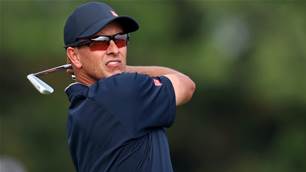Marc Leishman heads to the 120th US Open Championship at New York’s Winged Foot Golf Club with few expectations but a fierce determination to have a red-hot crack at the title.
Albert Warren (A.W) Tillinghast was a star among the great architects of the golden age of course design.
A former player who was good enough to finish 25th in the 1910 US Open, ‘Tillie’ became renowned as much for his high living as his incredible course creations during the Roaring 20s. While the Philadelphia socialite travelled extensively throughout the United States, designing, redeveloping and adding to courses throughout the country. But it was in New York where he was it his most prolific, creating more than 30 original courses.
He was the imaginative mind behind critically acclaimed layouts like Bethpage State Park, Quaker Ridge and Fenway Country Club. But it was the West and East Courses at Winged Foot Golf Club – in the town of Mamaroneck about 40 minutes’ drive north from downtown Manhattan – which remain his finest work. Both courses opened for play in 1923 with the West being the crowning glory of his brilliant career.
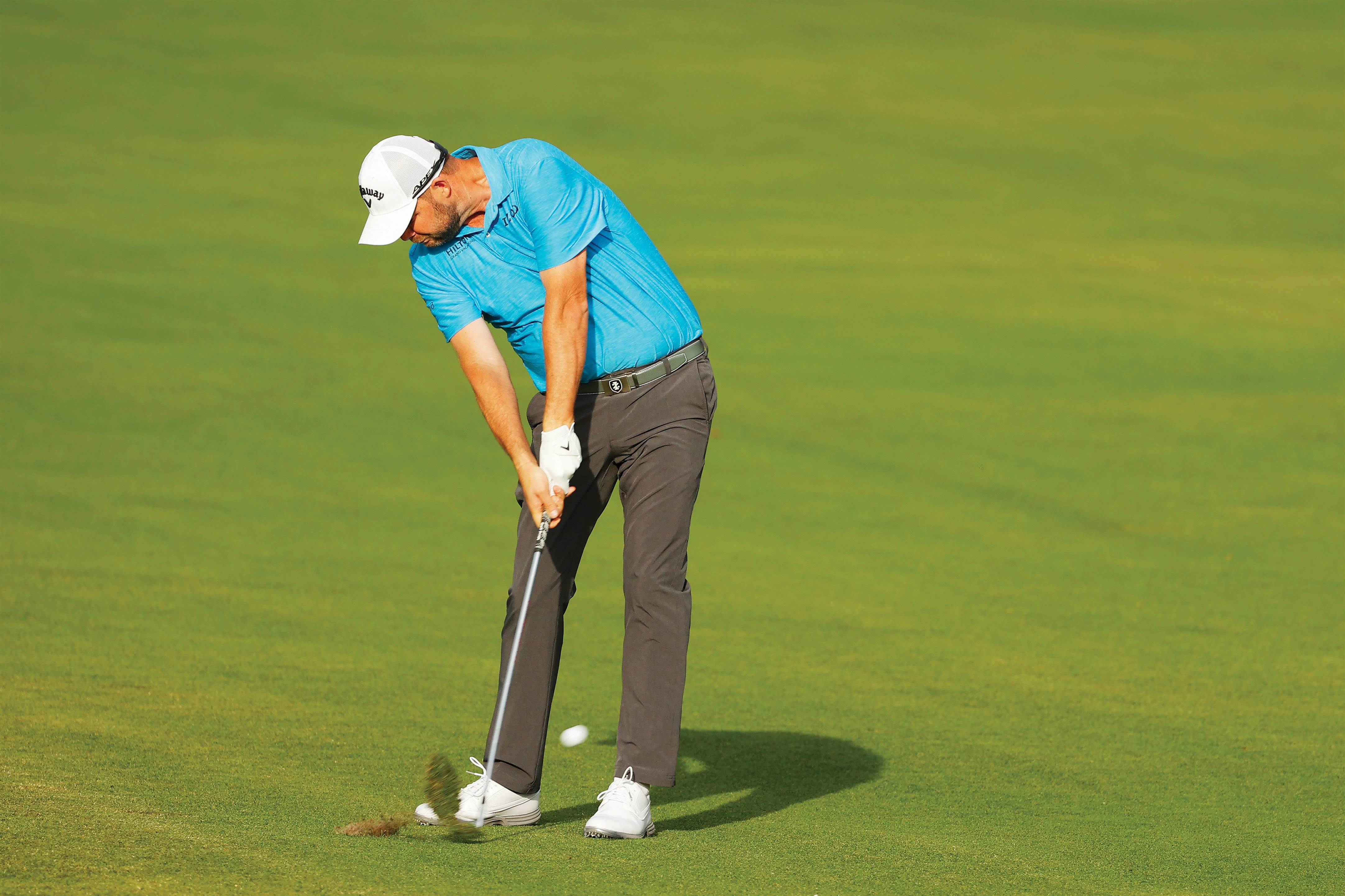
While both courses have withstood the test of time, highly regarded designer Gil Hanse was commissioned to restore Tillinghast’s West layout ahead of the 120th US Open Championship starting on September 17. It will be the sixth time the West Course has hosted the national championship.
Australian golfers have enjoyed varying degrees of success at Winged Foot.
The last time the USGA took its flagship event there in 2006, Geoff Ogilvy claimed the title by one stroke from the trio – Phil Mickelson, Colin Montgomerie and Jim Furyk. Lost in the excitement of Ogilvy’s victory is the performance of straight-hitting West Australian Nick O’Hern, who was three shots back in T6 and was his best finish in 20 major championship starts. Robert Allenby and Adam Scott both registered top-25 results.
Twenty-two years earlier, Greg Norman holed a 45-foot par-saving putt on the 72nd hole to stay at four under. Watching on from the centre of the 18th fairway, Fuzzy Zoeller – thinking Norman had made his putt for birdie – waved a white towel in surrender. The American made his par to send the championship into a Monday 18-hole playoff, which Zoeller claimed by eight strokes.
David Graham and Bruce Crampton both finished in the top-25 behind winner Hale Irwin a decade earlier. There were no Australians in the field at Winged Foot in 1959 but, 30 years earlier, Sydney-born Joe Kirkwood finished T19 behind the great Bobby Jones.
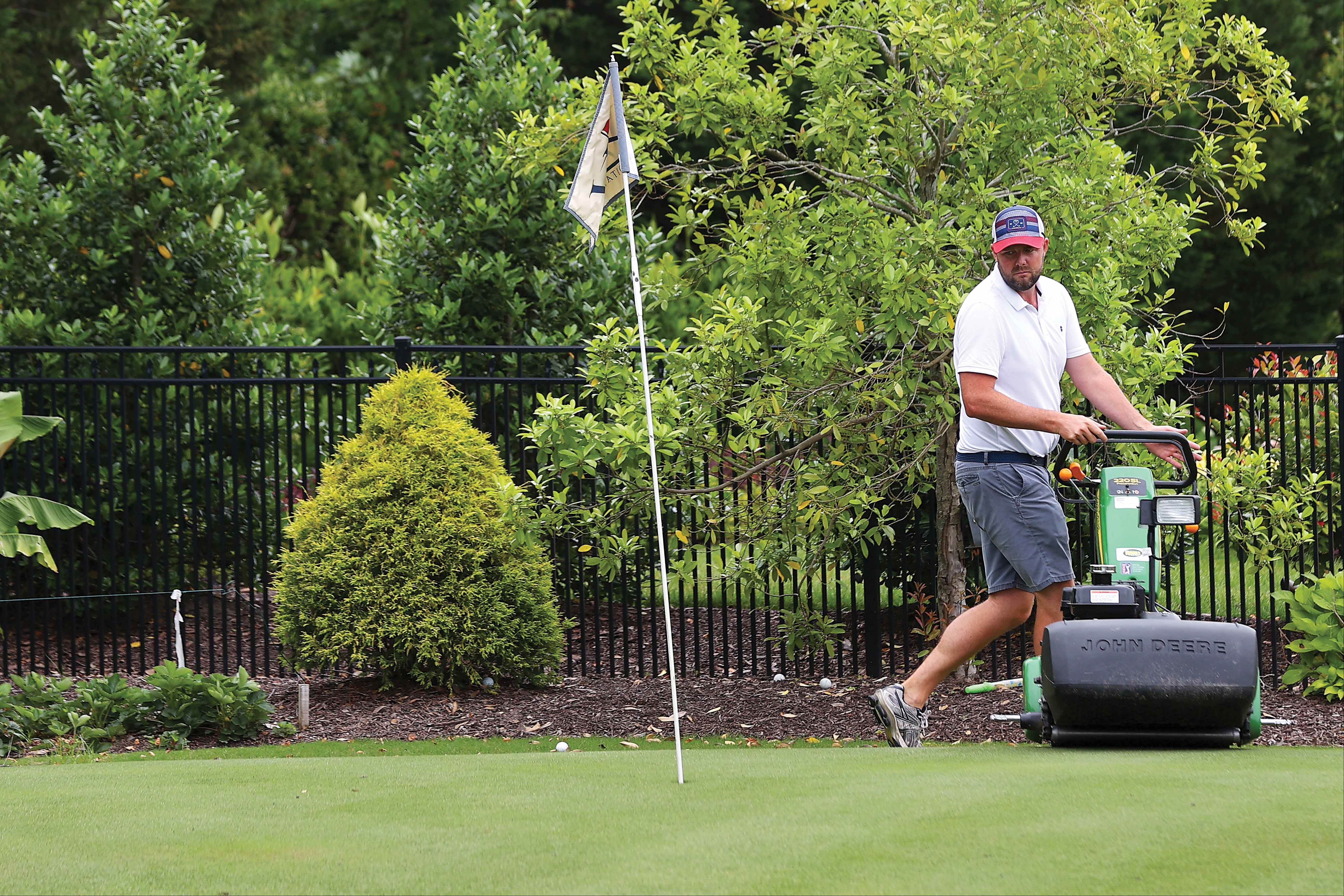
The Australian contingent arriving at Winged Foot this week will feature Leishman, Scott, Jason Day, Marc Leishman, Cameron Smith, Lucas Herbert, Scott Hend, Matt Jones, Curtis Luck and US Mid-Amateur Champion, Lukas Michel, in the 144-player all-exempt field.
All will be quietly confident of doing well, perhaps with the exception, of Leishman – the pure ball-striking Victorian, who is still looking for his first major championship victory. He freely admits the narrow fairways, high rough and lightning fast greens of a typical US Open course don’t really suit his style of play. But is he selling himself short?
***
The 36-year-old is likeable for many reasons. He’s got an easy-going nature. He’s humble, can be self-deprecating and doesn’t take himself too seriously. He’s a good bloke and above all, he’s honest.
So, it was no surprise when he revealed on Golf Australia Magazine’s The Thing About Golf podcast that he doesn’t have great expectations for the US Open, where his best finish thus far is a T18 at the long and expansive Oakmont Country Club in 2016.
“The majors are all about putting four good rounds together and hoping no one scores better than you that week,” Leishman said. “The Masters and The Open are my two best opportunities (to win a major).
“I think, this year, the PGA at TPC Harding Park is a chance because that’s a pretty good course for me. But in general PGA and US Open courses are not really conducive to Marc Leishman. You need to hit it a little too straight at those courses to do well.
“In general PGA and US Open courses are not really conducive to Marc Leishman. You need to hit it a little too straight at those courses to do well.” – Marc Leishman
“But I’m trying to play well at every event. There’s a little bit of luck involved in terms of what weeks you play well. You just have to prepare as well as you can and hope you can have ‘it’ that week. Obviously, some weeks you have it and some weeks you don’t.”
Dig deeper and there is evidence to suggest Leishman certainly has the ability to contend at this year’s US Open. Yes, accuracy is paramount to win it, but as most previous champions would attest, the championship also places a great importance on par … and making plenty of them over 72 holes. That is something Leishman is more than proficient at doing.
It also must not be forgotten that Leishman claimed his fifth PGA Tour title back in January at Torrey Pines.
His low self-expectation for success at Mamaroneck might just be the tonic for a surprise US Open win. After all, it almost worked for him in 2015 at The Open Championship at St Andrews.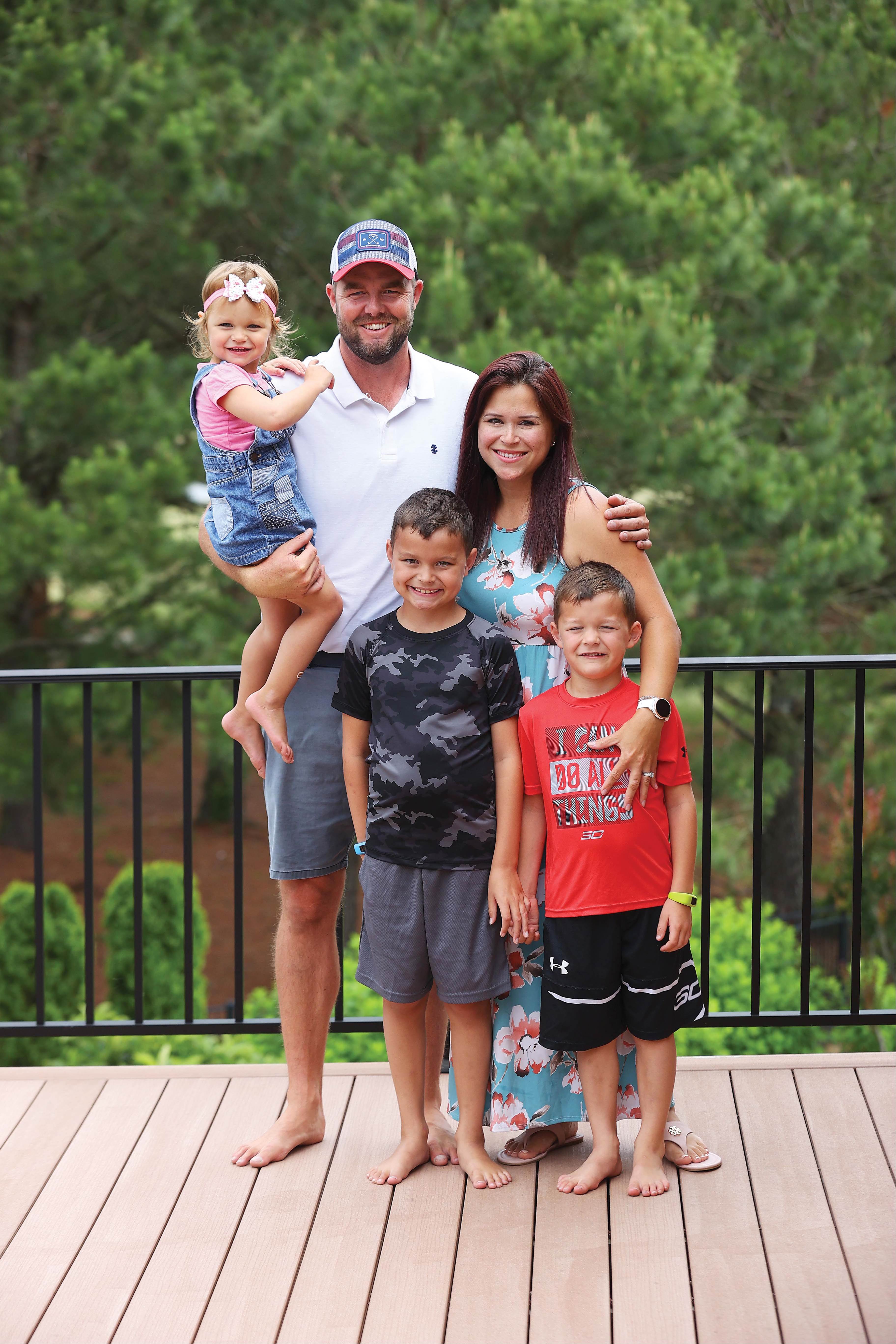
In April that year, he was contemplating quitting the game as his wife, Audrey, was fighting for her life in a Virginia hospital suffering from toxic shock syndrome. With doctors giving her only five percent chance of survival, Leishman prepared himself to walk away from golf to look after his two boys Harvey and Ollie, then aged three and 12 months respectively.
RIGHT: The 35-year-old and wife Audrey with children Harvey, Ollie and Eva. PHOTO: Getty Images.
Come July, Audrey was beating the odds and recuperating at home when Leishman headed for Scotland. He told this reporter after a practice round that he would need to find some improvement to be a factor in the championship.
Having just made the cut, the Victorian was out early in the delayed third round and whipped around the Old Course in 64. He was one of only 10 players to break 70 and rocketed up the leaderboard.
“I probably wasn’t quite expecting to do that, but I’ve really put myself in it,” Leishman said after his round.
History will show he came within a whisker of claiming the Claret Jug after his birdie putt on the final hole missed by a foot to the left and he tapped in for a 66. His bid to become the fifth Australian to win The Open was then thwarted when his opening drive of the four-hole playoff nestled into a divot and he had little to no chance of keeping in touch with his opponents Louis Oosthuizen and eventual champion, Zach Johnson, who both opened with birdies.
“I could have won it, but look, my perspective is quite good at the moment,” he said after finishing T2 at St Andrews, which remains his best finish in five top-10s in 33 major championship starts.
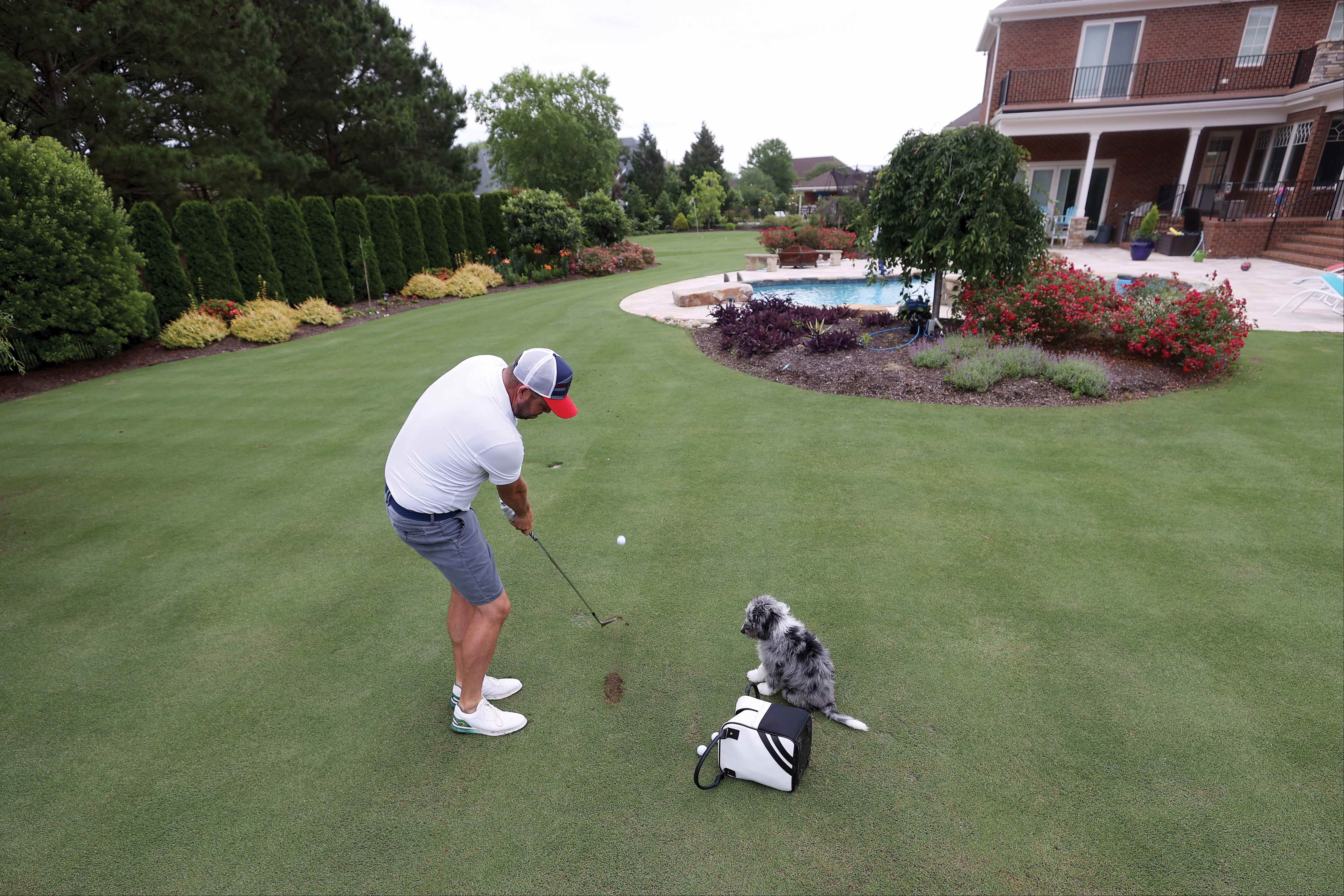
Fast forward to 2020 and a world under siege from the COVID-19 virus. While Leishman has played some events, including the PGA Championship, since the PGA Tour returned to play without crowds back in June, he has also spent a lot of time working on his game in his backyard at home in Virginia Beach.
And when he hasn’t been hitting balls or putting on his indoor green, he’s been tending to his world class lawn or testing new batches of Leishman Lager – remaining just as grounded about golf and life in these uncertain times as ever.
“It’s more important for me to be happy than to devote my life to winning six majors and 20 Tour events,” Leishman said.
“I would love to do that, don’t get me wrong. But I love spending time with my mates, my family and I think, to be the best, you have to dedicate your entire life to golf and, especially with kids, I’m just not willing to do that.
“So, I’ll take my career right now over someone who has had a lot more success than I have but I feel like I have lived life well. I like to enjoy myself and I’m happy and comfortable where everything is in golf.
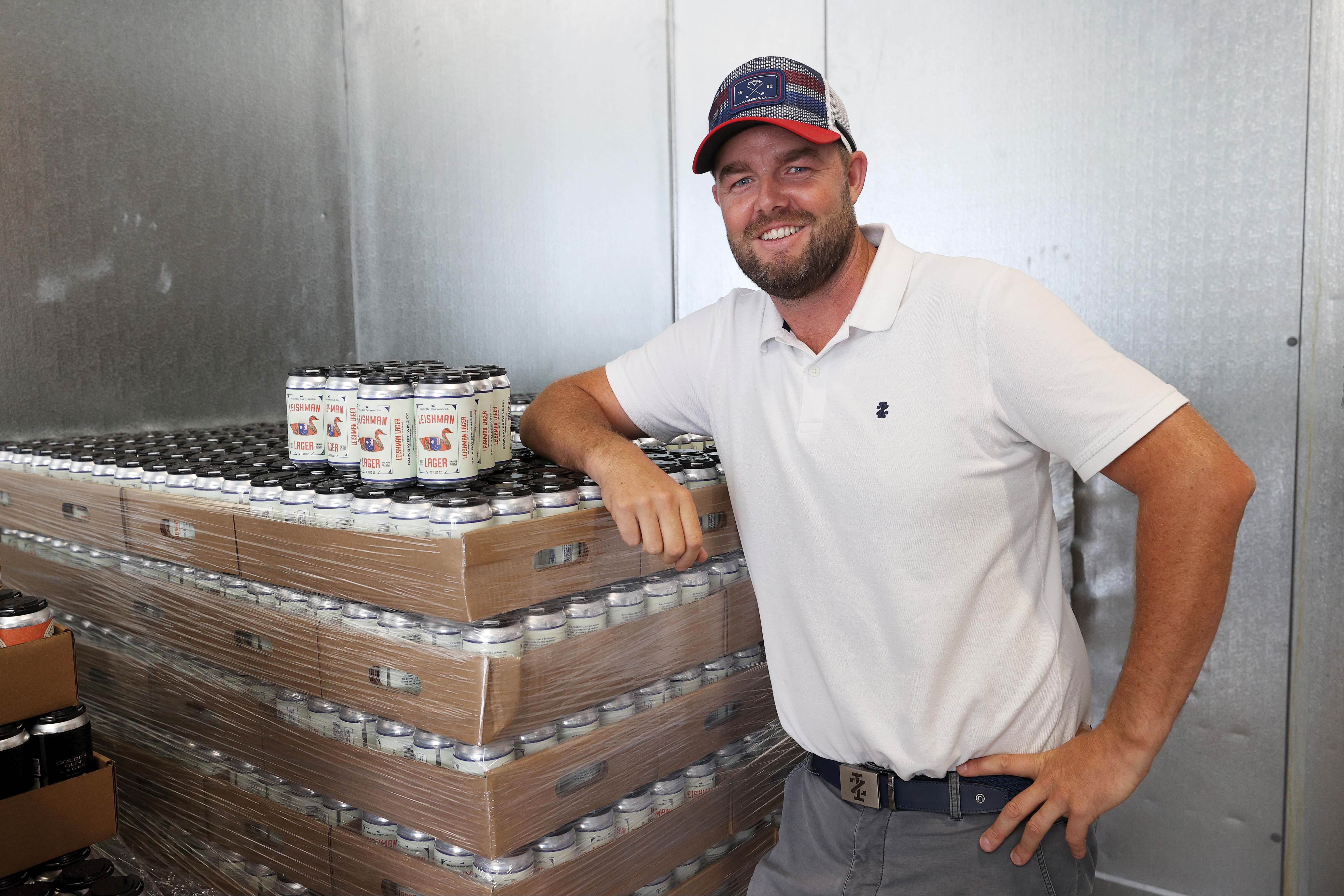
“Yes, I’d like to have a few more wins but at the end of the day you only get to live once, and I don’t want to have any regrets and miss my kids growing up. I’m more than happy with what I have done but I’ve still got stuff I want to do in golf as well.”
It has often been said that to win the US Open it takes single-minded devotion, a willingness to work extremely hard and be a merciless competitor. The father-of-three admits he’s not ruthless on the course but is “very competitive” and works hard but “efficiently” on his game away from the Tour.
“The work … you have to work on the right things. I’m not out there for a whole lot of time beating balls but what I do is efficient and productive,” he said.
“I’m really competitive with everything I do. I feel you can be really competitive, have that real fighting spirit without being an arse.
“I like to play people who are playing their best and I want to play my best and beat ‘em. And if they beat me, good for them and I’ll be happy for them.
“At the end of the day I want be a good person and a successful person but I’m also going to be happy if someone who outplays me, or I mess up and they win. It’s not in my nature to be annoyed at someone else’s success.”
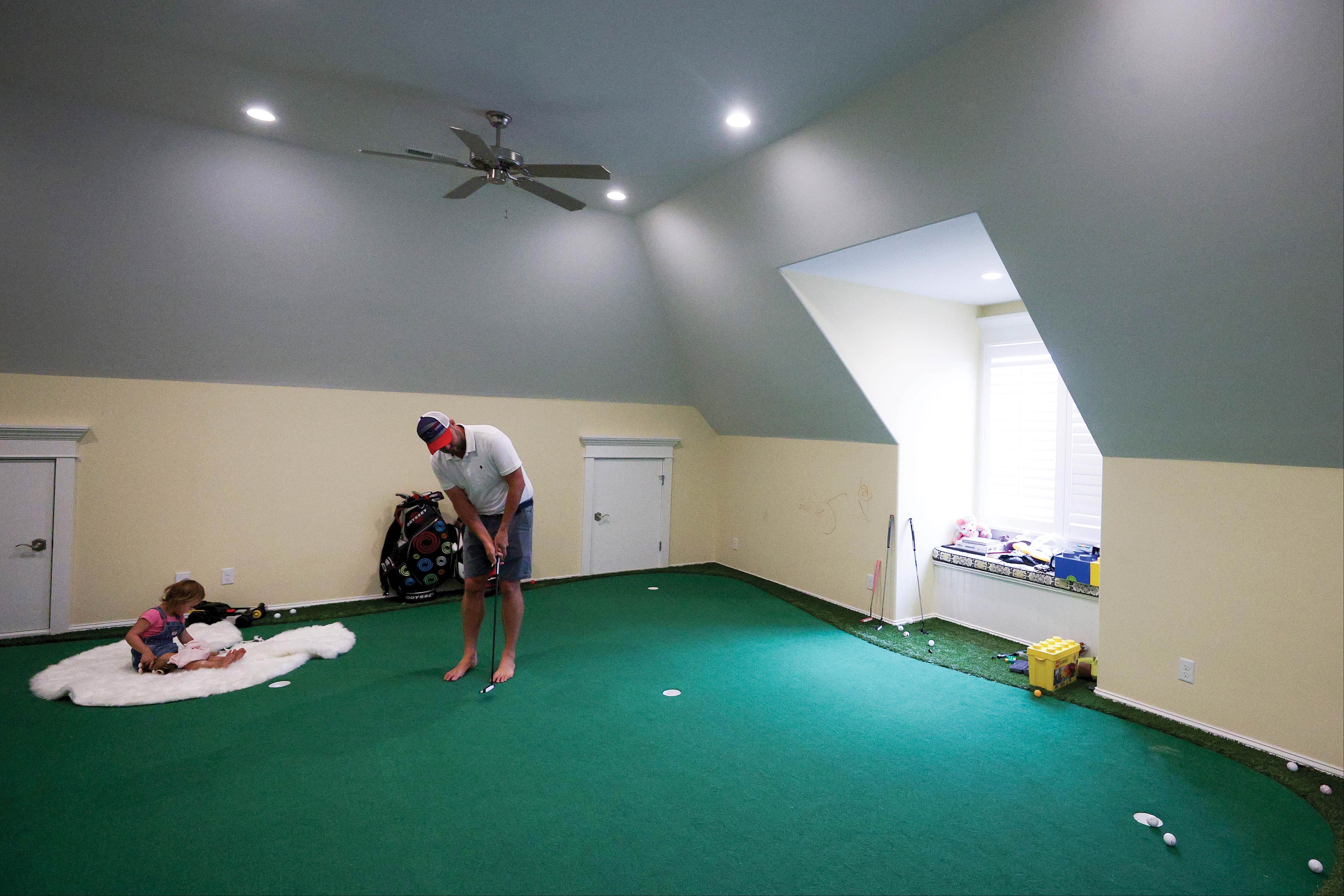
Leishman says he’s never played Winged Foot and has only seen the layout on TV when he watched Ogilvy win in 2006. All he knows is it will be “brutally tough” with “super-fast” greens. But it’s more than that, which, in some respects makes it different to most US Open venues.
Yes, the narrow fairways will be lined by thick rough, while the greens will run as high as 13 on the stimpmeter. But Tillinghast’s design, enhanced by Hanse’s renovation, should befit Leishman’s strengths – quality ball-striking and strategic skills born out of years playing the Melbourne Sandbelt. These are both qualities Tillinghast hoped to reward with his creation.
“The relationship between the properly placed shot to the fairway and the following one to the green is the real standard of measuring the merit of any course,” Tillinghast once wrote. “A controlled shot to a closely guarded green is the surest test of any man’s game.”
That’s a test Marc Leishman can pass with flying colours.
Related Articles

The Aussies at The Open
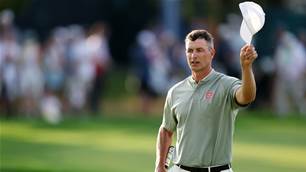
Scott seeking ‘exclamation point’ with U.S Open win
